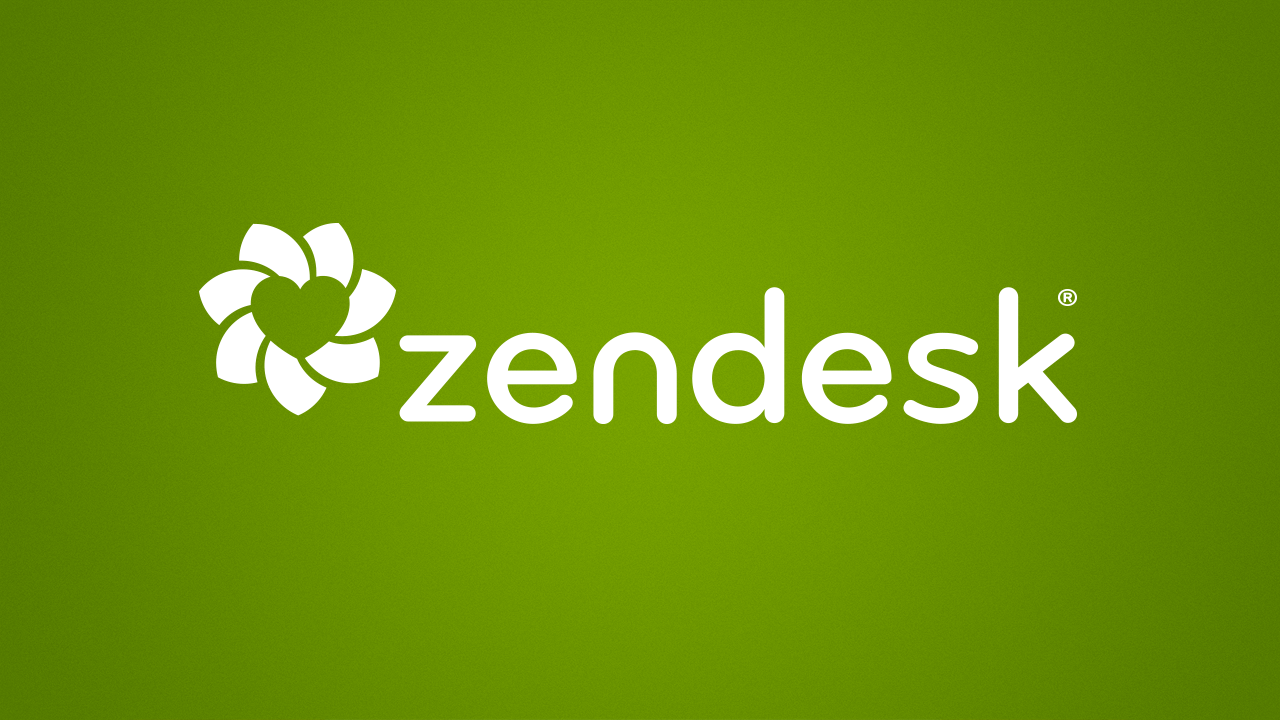When it comes to customer service, Zendesk is an integral part of many businesses. Unfortunately, outages can occur and cause significant disruption to operations. In this article we will explore the impact and consequences of a Zendesk outage on companies who rely heavily on its services.
We’ll look at how businesses prepare for outages, what happens when one occurs, and how they go about recovering from them. Finally, we’ll discuss the importance of having contingency plans in place so that companies are better prepared should an outage occur again in the future.
The Cost of an Outage: Examining Zendesks Financial Impact

The financial impact of an outage on Zendesk can be significant and far-reaching. For businesses that rely on Zendesk to provide customer service, any downtime can have serious consequences. Not only do customers experience disruption in their ability to access services, but companies suffer through lost revenue, customer dissatisfaction, and reputational damage.
In this article we explore the full cost of a Zendesk outage – from its direct monetary implications to the deeper impacts that may not be immediately apparent. We also look at strategies for managing outages in order to minimize their long-term financial effects. By understanding the true costs associated with outages, organizations can make better decisions about how they prioritize investments in technology infrastructure and disaster recovery plans.
Customer Experience: Analyzing the Consequences of a Service Disruption

When it comes to customer experience, service disruptions can have far-reaching consequences. As a result of the recent Zendesk outage, many businesses are now considering how such an event could impact their own operations and what strategies they need in place to mitigate any potential negative outcomes. The main consequence for customers is likely to be dissatisfaction with the service being provided. This can lead to lost opportunities as customers choose alternative providers or switch away from the company altogether.
It’s also possible that a poor customer experience could lead to reputational damage online through social media posts or negative reviews on public forums. Businesses must consider how they will respond if faced with similar outages in future, particularly when it comes to communication with their customers and providing timely updates throughout any disruption period. Companies should look at ways of reducing the risk of further issues by investing in redundancies and backups where possible, as well as introducing real-time monitoring systems so that problems can be identified quickly before affecting too many users or services.
Finally, companies should use these situations as an opportunity for analysis; understanding why particular services may have been affected by outages allows them to identify areas for improvement going forward, helping ensure better performance during peak times and more reliable services overall.
Technical Troubleshooting: Identifying Causes and Solutions to System Failure

When it comes to technical troubleshooting, identifying the cause of a system failure is the first step. When Zendesk goes down, it’s important to identify what has caused the outage and how long it will take to repair. A thorough investigation can help determine if there was an internal or external issue that caused the outage and provide insight into how long resolution may take. Once you have identified the cause of a Zendesk outage, you need to develop solutions that address both short-term and long-term needs.
In order to ensure your solution will be successful in preventing future outages, review any changes made during the downtime period as well as any updates made since then. Additionally, consider proactive measures such as monitoring key systems for performance issues or instituting better backup protocols for data security. Finally, when dealing with a problem like this one related to Zendesk going down, transparency is key when communicating with customers about diagnosis and repair efforts taken by your team in response. This ensures that customer trust remains intact throughout all stages of remediation while providing them assurance their concerns are being addressed promptly and effectively.
Preventative Measures: Implementing Strategies to Avoid Future Downtime
When it comes to preventing future downtime, businesses must take proactive steps to ensure that their Zendesk system is functioning correctly and efficiently. This includes regularly evaluating the performance of the system and making necessary updates or modifications as needed.
Additionally, businesses should monitor any changes in customer demand patterns or usage levels so they can be prepared for potential spikes in traffic that may cause an outage. Furthermore, having a backup plan for when an outage does occur is essential; this could include switching over to another customer service platform or utilizing another form of communication (e.g., email) until the issue has been resolved.
Finally, companies should emphasize preventative maintenance by implementing regular maintenance checks on all components of their systems—from hardware to software—to minimize potential risks associated with outages. By doing these things ahead of time, organizations will be better able to avoid costly downtimes and keep their customers happy and satisfied with their services


